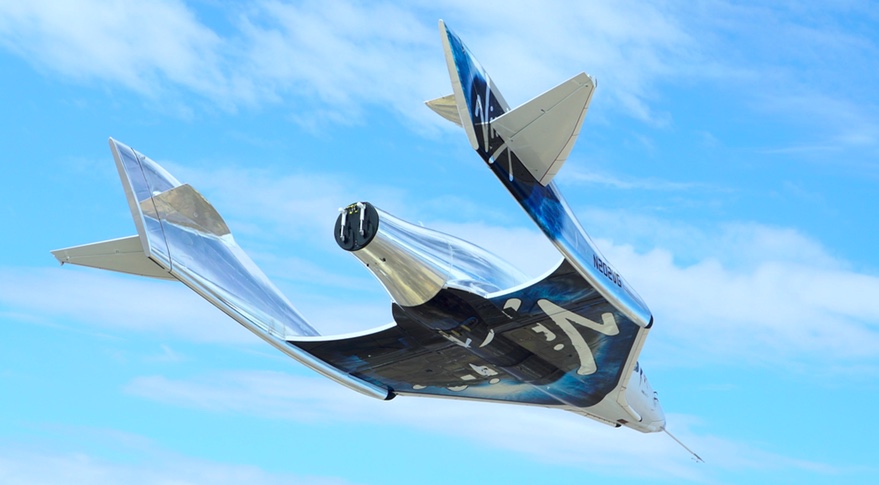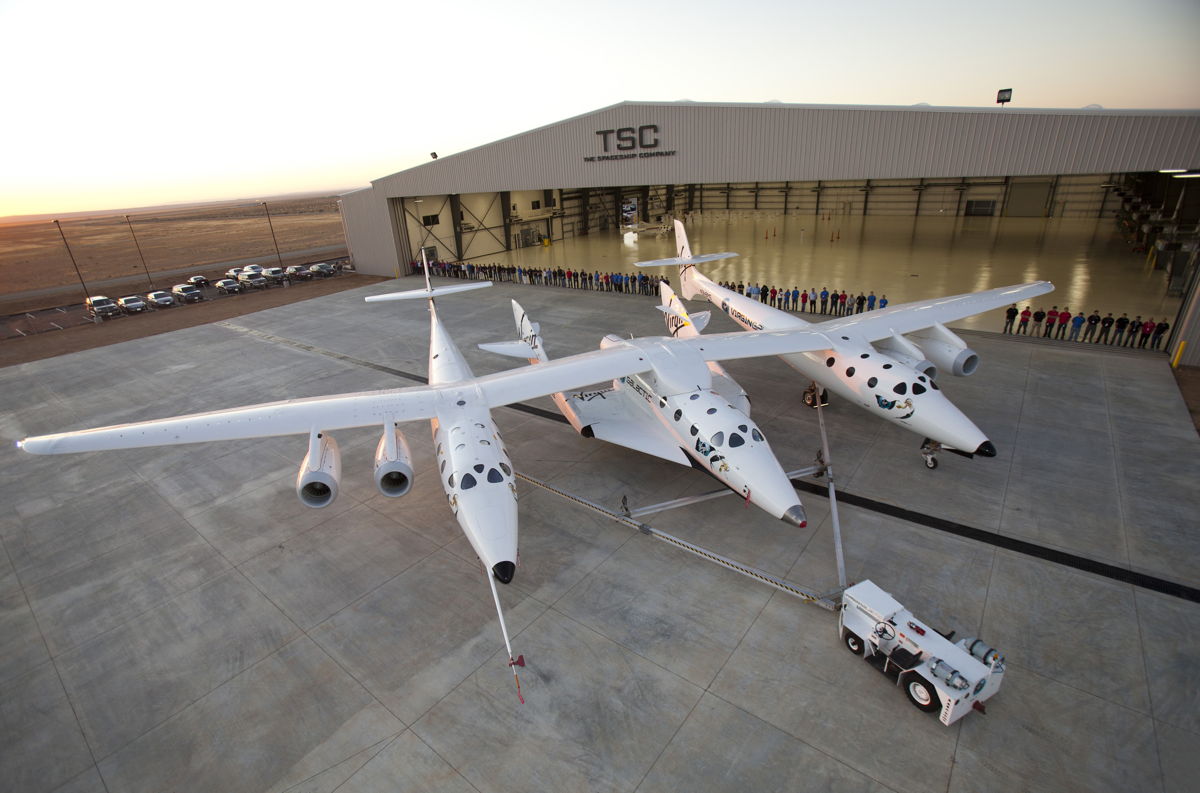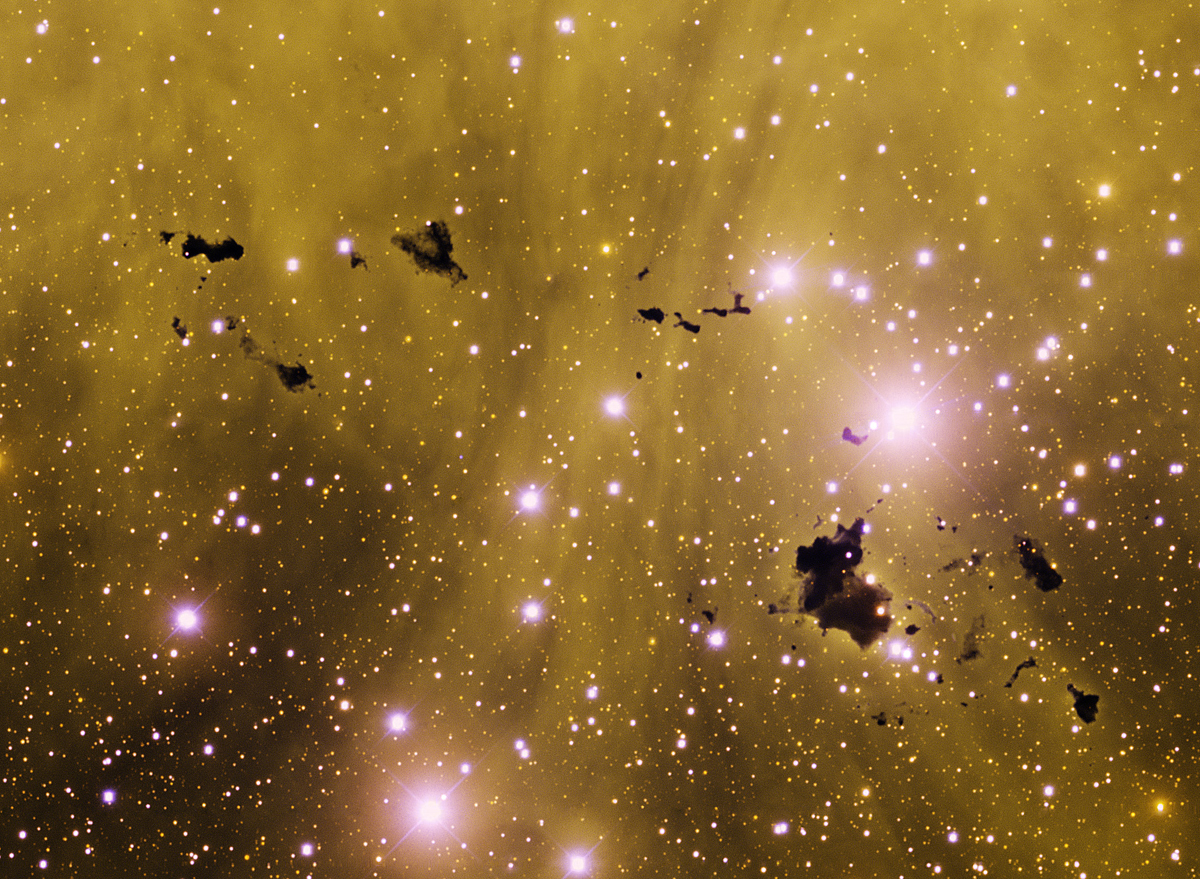Scaled Composites: Builder of SpaceShipTwo

Scaled Composites is a Mojave, Calif.-based subsidiary of Northrop Grumman. The company developed the initial SpaceShipTwo for Virgin Galactic, VSS Enterprise, a spaceship design for taking tourists and scientific payloads to space. Virgin Galactic's current SpaceShipTwo, VSS Unity, was built by The Spaceship Company. SpaceShipTwo completed several powered test flights in 2018, which means that the spacecraft turned its engines on during test flights within the atmosphere. Virgin has not disclosed when it plans to send tourists into space; the current ticket price for a ride is $250,000.
Scaled first came into the public eye in 2004 when its earlier spacecraft, SpaceShipOne, became the first private manned spacecraft to reach the boundary of space — 100 kilometers (62 miles) above Earth's surface. For that feat, the company won the Ansari X-Prize and received $10 million in prize money. Just before Scaled won the prize, serial entrepreneur Richard Branson announced his plan to run tourist flights using the technology.
SpaceShipTwo will eventually launch with six passengers on board, and rocket to space from underneath its carrier aircraft — WhiteKnightTwo. Once the aircraft and spacecraft reach 50,000 feet in altitude, SpaceShipTwo will fly into space at a peak altitude of 62 miles (100 km).
As SpaceShipTwo prepares for entry into the atmosphere, the spaceship has the ability to turn its rudders up to 65 degrees to increase drag. This "feathering" will give the spacecraft more control as it glides through the thin atmosphere.
When the air thickens around 70,000 feet (21,336 meters), the spacecraft will move its rudder back to a more conventional gliding configuration, allowing it to touch down on a normal airplane runway.
Virgin Galactic has pushed back its expected flight date for tourists several times amid development delays and some other incidents. In 2007, an explosion at Scaled Composites killed several workers on the ground, and in 2014, one pilot was killed during a powered test flight. Virgin resumed its gliding flights in 2016, and powered test flights began in 2018.
Reaching for the Ansari X-Prize
Scaled's experience in aerospace dates back to 1982, when Burt Rutan, an aeronautical engineer, founded the company. Besides its work on SpaceShipOne and SpaceShipTwo, Scaled is known for its work on an unmanned aerial vehicle called the Northrop Grumman X-47A, as well as multiple business jets and sailing ships.
Breaking space news, the latest updates on rocket launches, skywatching events and more!
Rutan's vision for spaceflight was to avoid the conventional launch-from-the-ground scenario that people were so used to seeing in the late '90s and early 2000s, when the X-Prize contest ran. Instead, he proposed carrying the spacecraft up with a carrier aircraft — dubbed White Knight — and then launching from above the ground to an altitude of 62 miles. In Rutan's eyes, this would save on fuel and money.
While Rutan had years in the business, spaceflight is an expensive proposition. The X-Prize run was made possible through financial support from Microsoft co-founder Paul Allen, who contributed an undisclosed amount to the project.
With Allen's backing, Mojave Aerospace Ventures was formed. The business included contributions from both Allen and Scaled as the team worked toward building SpaceShipOne. Their goal was to go to space and back, twice, to nab the prize for being the first non-governmental entity to do so.
Just before making a run at the prize, Branson held a press conference announcing his intention to also invest in Scaled's technology and form Virgin Galactic, a spaceflight company. The company sailed through its X-Prize qualification flights and easily nabbed the prize in October 2004.
Early development and flights
In July 2007, a fatal explosion occurred at SpaceShipTwo's assembly plant at the Mojave Air and Space Port. Three workers were killed and several injured in the explosion.
Six months later, California safety inspectors issued citations to Scaled, saying the company failed to provide "effective information and training of the health and physical hazards associated with nitrous oxide." The gaseous compound was used during the test at the Mojave Air and Space Port.
"We continue to work with the agency so that the enhanced procedures already implemented promote the safest workplace conditions possible," said Doug Shane, Scaled Composites executive vice president, in a statement to Space.com in January 2008.
Scaled's first SpaceShipTwo spacecraft was called VSS Enterprise. The spacecraft borrowed its name from the famous USS Enterprise in the "Star Trek" science fiction series. It finished its first glide test on Oct. 10, 2010, flying 13 minutes above the Mojave Desert under the guidance of pilot Peter Siebold and co-pilot Michael Alsbury.
VSS Enterprise did a series of glide tests every few months between October 2010 and May 2011. On June 9, 2011, a glide test was aborted due to a release failure during flight. Glide tests resumed on June 14, 2011, and continued until April 12, 2013. In 2012, Scaled announced it would pull out of The SpaceShip Company — a joint venture between Virgin Galactic and Scaled Composites to build future versions of WhiteKnightTwo and SpaceShipTwo — after those two vehicles complete their flight test programs. This change came after Virgin Galactic bought out Scaled to gain full ownership of the joint venture.
On April 29, 2013, VSS Enterprise performed its first powered flight. During 13 minutes, it rose to a maximum altitude of 56,000 feet (17,000 m) and reached a top speed of Mach 1.22 (with Mach representing the speed of sound.) At the controls that day were co-pilot Alsbury, and pilot Mark Stucky. VSS Enterprise then did a mix of powered flights and glide tests in 2013 and 2014, until its last flight on Oct. 31, 2014.
Fatal crash and investigation
On Oct. 31, 2014, VSS Enterprise crashed after its feathered re-entry system deployed prematurely. The incident killed co-pilot Alsbury and sent pilot Siebold to the hospital with serious injuries. Ground officials saw the "in-flight anomaly" about two minutes after WhiteKnightTwo released SpaceShipTwo, said spaceport CEO and general manager Stuart Witt during a press conference that day.
On July 28, 2015, the National Transportation Safety Board announced that the crash happened following a co-pilot error. Alsbury deployed the feathering system too early, while the spacecraft was only flying at Mach 0.8 — not the required Mach 1.4. Scaled Composites knew of the risk of unlocking the feather system early, but did not make it clear in its pilot manuals, the NTSB found. The board also explained how Siebold survived the crash.
"During the breakup sequence, [Siebold] was thrown from the vehicle while still restrained in his seat," investigator Lorenda Ward said when the NTSB presented its findings in July 2015, according to National Public Radio. "During his descent to the ground, the pilot released himself from his seat, and his parachute deployed automatically."
After the crash and before the NTSB released its results to the public, Virgin and The Spaceship Company developed an inhibitor to stop the feather system from unlocking early. At the hearing, Branson (in a video) thanked the NTSB for an investigation that will "help make the fledgling commercial space industry safer and better."
VSS Unity test program
Virgin resumed its flight test program with a new spacecraft, called VSS Unity, on Sept. 8, 2016. The SpaceShipTwo prototype underwent a captive carry test, kicking off a series that lasted through most of the rest of November. On December 3, 2016, Unity performed a 10-minute glide test, reaching a maximum altitude of 16.8 km (55,000 feet) and a top speed of Mach 0.6. Its pilot that day was Mark "Forger" Stucky, and its co-pilot was David Mackay.
More glide tests continued through May 2017, every few months. Then on June 1, 2017, Unity had a "cold flow" flight, which meant that it "ran oxidizer through the propulsion system without igniting the motor," according to Virgin. Two more glide flights followed on June 1, 2017, and Aug. 4, 2017.
On April 5, 2018, SpaceShipTwo finished its first powered test flight in more than three years. After WhiteKnightTwo dropped the spacecraft at an altitude of 50,000 feet (15,000 m), the spacecraft flew to a maximum altitude of 84,271 feet (25,686 m) at a top speed of Mach 1.87. The 30-second flight was piloted by Mackay and Stucky.
"@virgingalactic back on track," Virgin Galactic founder Richard Branson tweeted after the test. "Successful powered flight, Mach 1.6. Data review to come, then on to the next flight. Space feels tantalizingly close now."
On May 29, Unity followed up with a second powered test flight, blasting to a maximum altitude of 114,500 feet (34,900 meters) and a top speed of Mach 1.9. "This is a major milestone in our flight test program," said Mackay in a video from Virgin Galactic posted on YouTube. "When the rocket motor is lit, that's when it really comes alive. We've been gliding it [the spacecraft] so far, but really, what it's designed to do is go into space."
Other Scaled projects
While Scaled is best known for its SpaceShipTwo program, the company has also been involved in other ventures that were in the news in recent years.
- Scaled developed a project called Proteus in the late 1990s. It was originally envisioned as a way for an aircraft to act as a temporary high-altitude communications satellite, to send broadband Internet back to the ground. Today it is used for high-altitude, long-duration research. Proteus had its first flight on July 26, 1998 and completed its 1000th flight on June 14, 2017, according to Scaled.
- In October 2017, Scaled debuted an experimental aircraft called Model 401, which is supposed to "demonstrate advanced, low-cost manufacturing techniques" as well as research flight services for industry and the U.S. government, Scaled stated.
- Scaled is also working on the Stratolaunch aircraft, which is supposed to have the world's longest wingspan. Aircraft fueling tests on the airplane began in February 2018, according to NBC. Shortly afterward, engineers took Stratolaunch out for a practice run on the runway, when the airplane hit a top speed of 46 mph (74 km/h). The Washington Post said one function for Stratolaunch may be hefting a space shuttle under development, nicknamed "Black Ice."
Additional resources
- Scaled Composites website
- X-Prize website

Elizabeth Howell (she/her), Ph.D., was a staff writer in the spaceflight channel between 2022 and 2024 specializing in Canadian space news. She was contributing writer for Space.com for 10 years from 2012 to 2024. Elizabeth's reporting includes multiple exclusives with the White House, leading world coverage about a lost-and-found space tomato on the International Space Station, witnessing five human spaceflight launches on two continents, flying parabolic, working inside a spacesuit, and participating in a simulated Mars mission. Her latest book, "Why Am I Taller?" (ECW Press, 2022) is co-written with astronaut Dave Williams.

